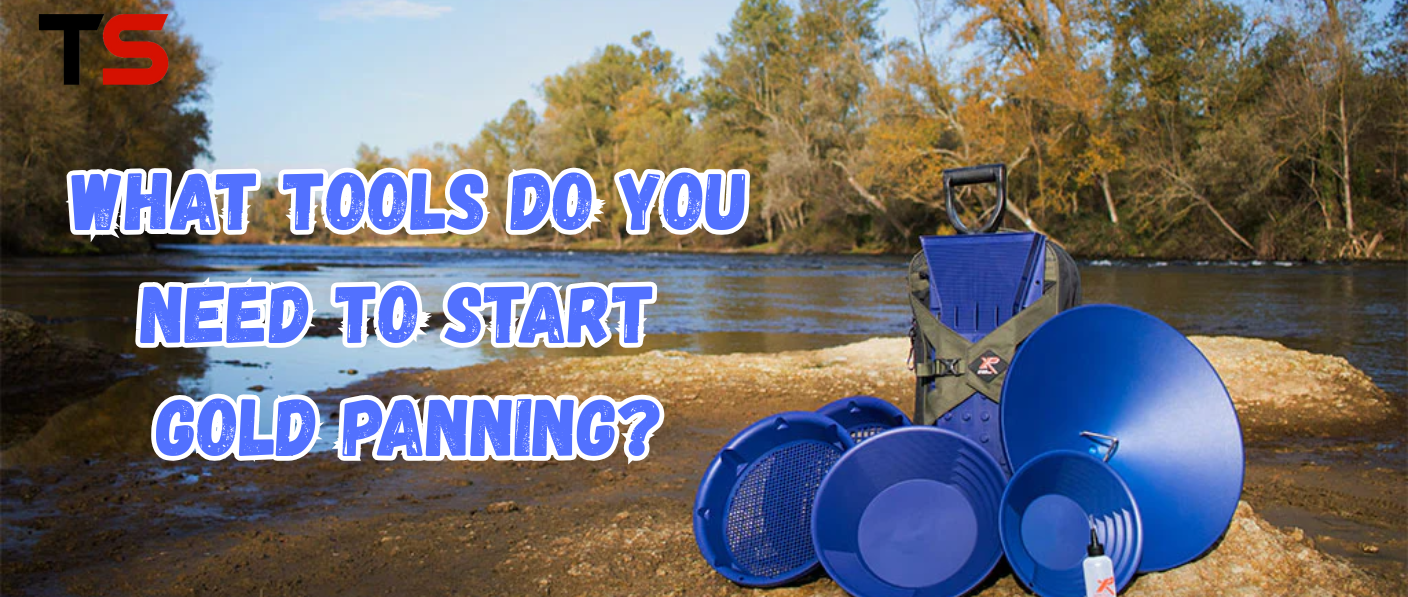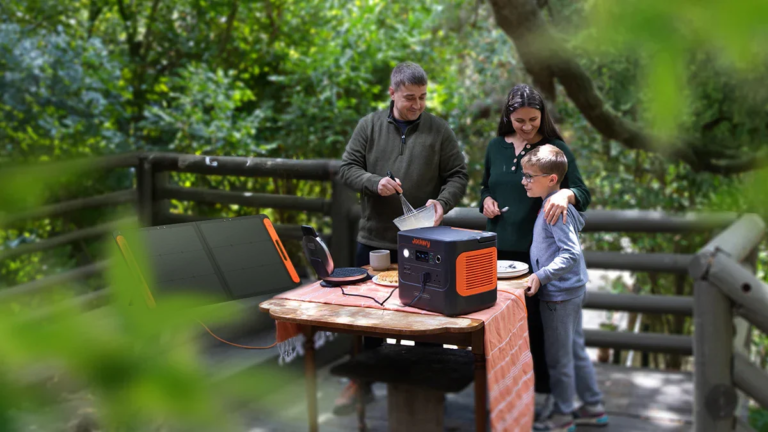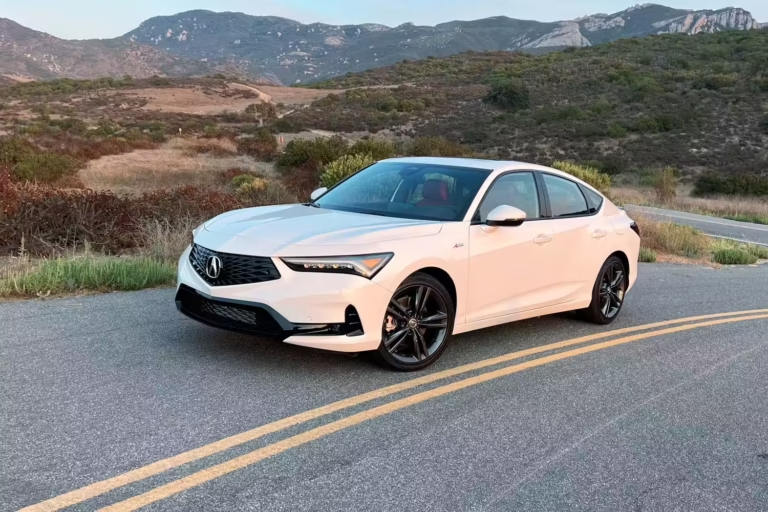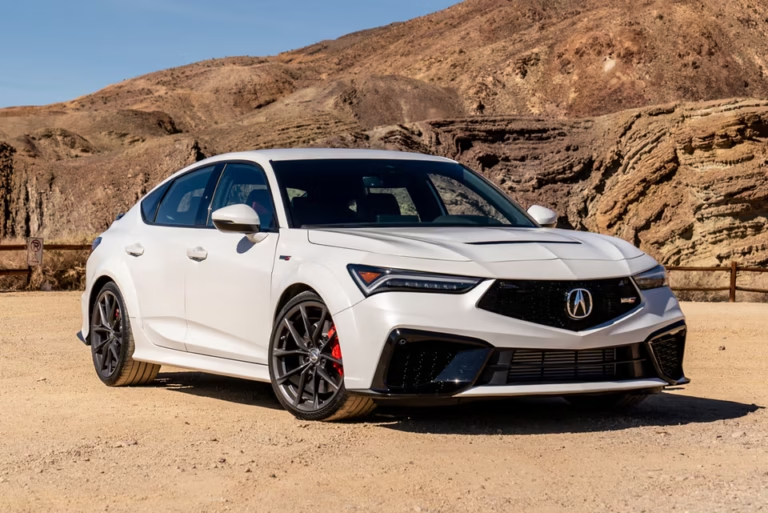Introduction
Gold panning is more than a hobby—it’s an adventure that takes you outdoors and offers the thrill of finding something valuable. Whether you’re doing it for relaxation or the excitement of a possible discovery, having the right gear makes a huge difference. If you’re new to this, don’t worry—you don’t need an expensive or complex setup. Just a few basic tools, some patience, and a bit of know-how will get you started. In this guide, we’ll break down all the essential tools you’ll need, explain how they work, and help you gear up for your first successful trip to the riverbed.
Why Tools Matter in Gold Panning
Think of gold panning like cooking. You might have the right ingredients (in this case, dirt and river gravel), but without the proper tools, getting a satisfying result is tough. Tools help you work more efficiently, locate potential gold-rich spots, and sift through material with better precision.
Each tool plays a role—from digging and classifying material to separating and storing gold particles. Without them, you’re guessing and working harder than necessary. But with a proper setup, you’re working smarter and increasing your chances.
One smart move is to start with a gold panning kit. These pre-assembled kits give you all the basics in one purchase, making it easier for beginners to hit the ground running. It’s a simple, efficient way to start prospecting with confidence.
Essential Gold Panning Tools (Must-Have Kit)
Gold Pan
This is your primary tool—the one you’ll use the most. A good gold pan lets you separate heavier gold particles from lighter materials like sand and silt. Most pans are made of plastic or metal. Plastic pans are a favorite because they’re lightweight, won’t rust, and often come with built-in riffles.
Riffles are those ridges inside the pan that trap heavier particles as you swirl. They help gold stay at the bottom while water and lighter sediment flow out. Sizes range from 10 to 16 inches, with beginners often starting around 14 inches for a balance of control and volume.
Choose one with a comfortable grip and a good bottom shape. This tool is where all the magic happens—it’s worth choosing a reliable one.
Classifier (a.k.a. Sifter or Sieve)
Before panning, you’ll need to sift through gravel and debris. That’s where a classifier comes in. It’s a mesh screen that sits over your pan and filters out larger rocks and roots so you can focus on the finer material where gold hides.
Using a classifier saves time and helps you concentrate your efforts. Instead of struggling with oversized debris, you get straight to the good stuff. Mesh sizes vary, but a 1/4″ screen is a solid choice for beginners.
It’s not glamorous, but this simple tool is a game-changer. The less clutter in your pan, the easier it is to spot gold.
Snuffer Bottle
Once you’ve swirled and sifted and those shiny flakes finally appear, you’ll need a safe way to collect them. Enter the snuffer bottle—a small plastic squeeze bottle with a narrow tip that gently sucks up fine gold particles.
Trying to grab gold with your fingers can be frustrating and risky—you might lose your find in the water. The snuffer bottle makes it easy and precise, ensuring you don’t leave anything behind.
It’s a must-have in any panning setup and usually included in any reliable gold panning kit.
Vials or Glass Bottles
After collecting gold with your snuffer bottle, you’ll want to store it safely. Small vials or bottles are perfect for this. They keep your finds secure and let you admire your progress.
Most prospectors use glass or clear plastic vials with screw-on lids or corks. Labeling them by date and location is a fun way to track your adventures. Plus, it helps if you plan to return to productive spots.
These little containers might seem like an afterthought, but they’re key to keeping your gold safe, dry, and organized.
Shovel or Trowel
You can’t pan what you can’t dig. A sturdy shovel or trowel helps you scoop up the dirt and gravel where gold might be hiding. Riverbanks, streambeds, and rocky crevices are all fair game.
Choose tools made from solid metal with good grips. Compact shovels are great for remote areas, while hand trowels work well in tighter spots.
Dig where water slows down—near big rocks, bends in streams, or low-lying areas. Gold is heavy and tends to settle in those places. A good digging tool sets the stage for everything that follows.
Optional Tools for Better Efficiency
Sluice Box
Want to cover more ground and process more material? A sluice box might be your answer. This tool channels water and material through a trough with riffles that catch gold particles.
It’s not a replacement for a gold pan—it’s a supplement. When placed in a stream, the water does much of the work. You feed in dirt, and the sluice separates the gold from lighter materials.
It’s great for scaling up your efforts once you’re more experienced. Many gold panning kits for advanced users even include compact sluice boxes.
Tweezers
For tiny flakes or small nuggets that a snuffer bottle might miss, tweezers come in handy. Fine-tipped tweezers allow for precision when picking up delicate pieces of gold.
They’re also useful when working with black sand or mineral-rich material. Keep a pair in your kit—you’ll be glad you did when a shiny speck catches your eye.
Magnet
Gold itself isn’t magnetic, but many of the materials found alongside it—like black sand (magnetite)—are. Using a strong magnet helps clear your pan, making it easier to spot gold.
Wrap the magnet in a plastic bag, sweep it over your pan, and watch the black sand lift out. Then just remove the bag and dispose of the contents. It’s a small trick that saves a lot of time.
Crevice Tool
Gold hides in the tightest spots—like cracks in rocks or gaps in streambeds. A crevice tool lets you reach into those areas and pull out hidden material.
You can use specialized tools or even repurpose something like an old screwdriver. Just make sure it’s strong and narrow enough to get between rocks. It’s another secret weapon for finding gold others might miss.
Gold Panning Starter Kits: Are They Worth It?
If you’re just starting out, a gold panning kit can be a smart investment. These kits typically include the essentials—like a gold pan, classifier, snuffer bottle, vials, and sometimes even tweezers or a small sluice box. Buying a kit saves time and often money compared to purchasing each item individually.
What makes a starter kit valuable is the convenience and confidence it offers. You don’t have to worry about forgetting an important tool or choosing incompatible items. Everything is curated to work together. Many reputable brands also include beginner guides or instructional videos, which can be incredibly helpful if you’re new to gold panning.
However, not all kits are created equal. Look for one that offers durable tools (preferably rust-resistant) and components suited to your local terrain. Reading customer reviews and checking what’s included is key. Whether you buy from a local outfitter or an online store, make sure it’s tailored for real prospecting—not just for novelty.
For those wanting to expand beyond panning, combining a gold panning kit with gold metal detectors can open up new opportunities. Metal detectors help locate larger nuggets and areas rich in gold, making your overall treasure hunting experience more effective and exciting.
Conclusion
Starting your gold panning journey doesn’t require a truckload of gear. With just a few essential tools—and a well-packed gold panning kit—you’re ready to explore riverbeds and streambanks with purpose. Each item, from your pan to your snuffer bottle, plays a role in helping you find and secure even the smallest flakes of gold.
Add a few optional tools as you gain experience, and you’ll improve your efficiency and chances of striking it lucky. The key is to start simple, learn the basics, and build from there.
So pack your tools, pick your spot, and get ready for a hands-on adventure that’s as rewarding as it is fun.
FAQs
Can I start gold panning without a kit?
Yes, you can gather tools individually, but a starter kit is more convenient and ensures you don’t miss any essentials.
What size gold pan is best for beginners?
A 12-14 inch plastic pan with built-in riffles is ideal for beginners. It’s easy to handle and effective at separating gold.
How much does a beginner gold panning kit cost?
Prices vary, but quality kits typically range from $30 to $100 depending on what’s included.
Do I need a sluice box to start gold panning?
No, a sluice box is optional. Many beginners start with just a pan and classifier. You can upgrade as you gain experience.
Where is the best place to pan for gold?
Look for slow-moving water areas like inside river bends, behind boulders, and near natural gravel bars. Always check local laws before panning.
Happy panning!







